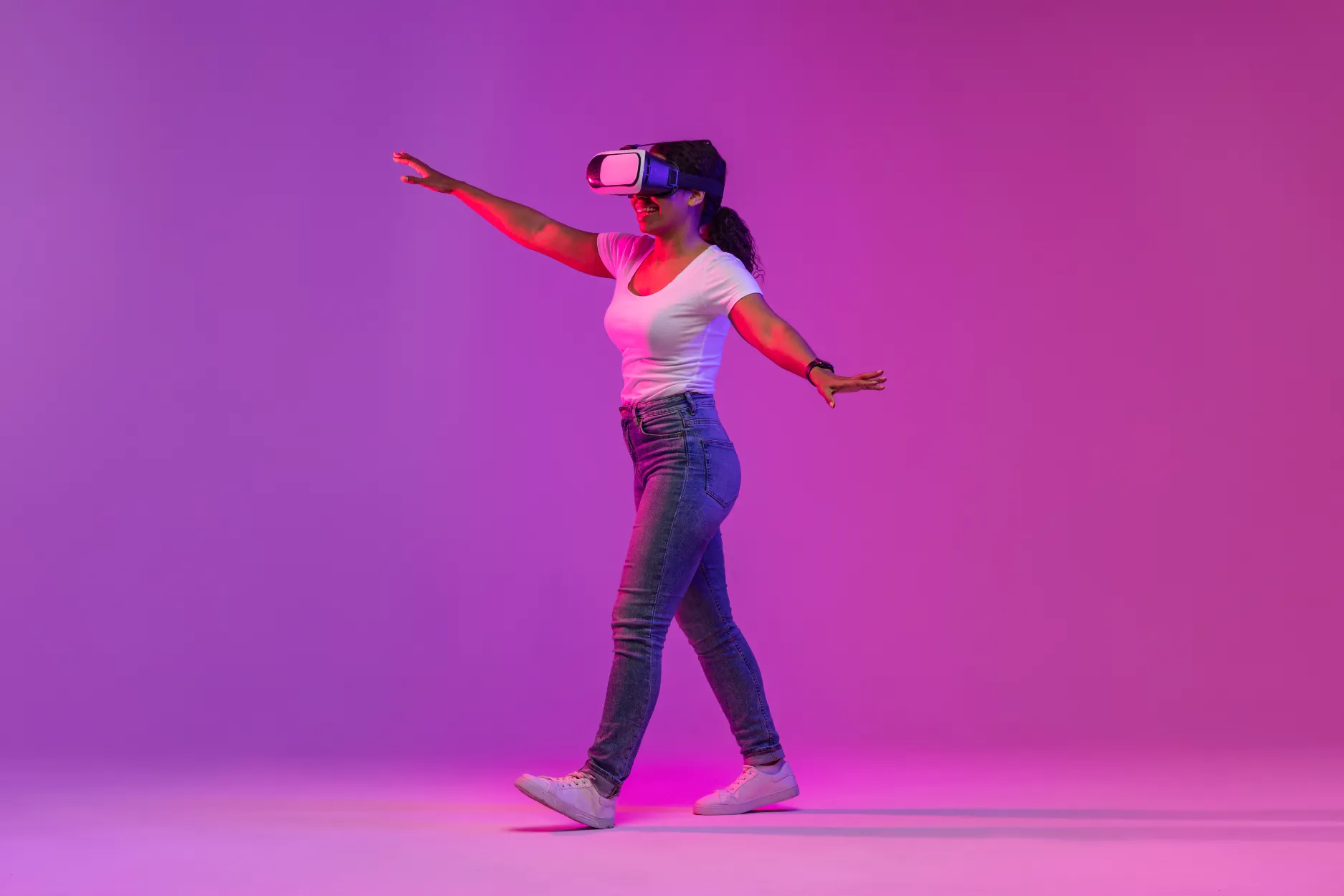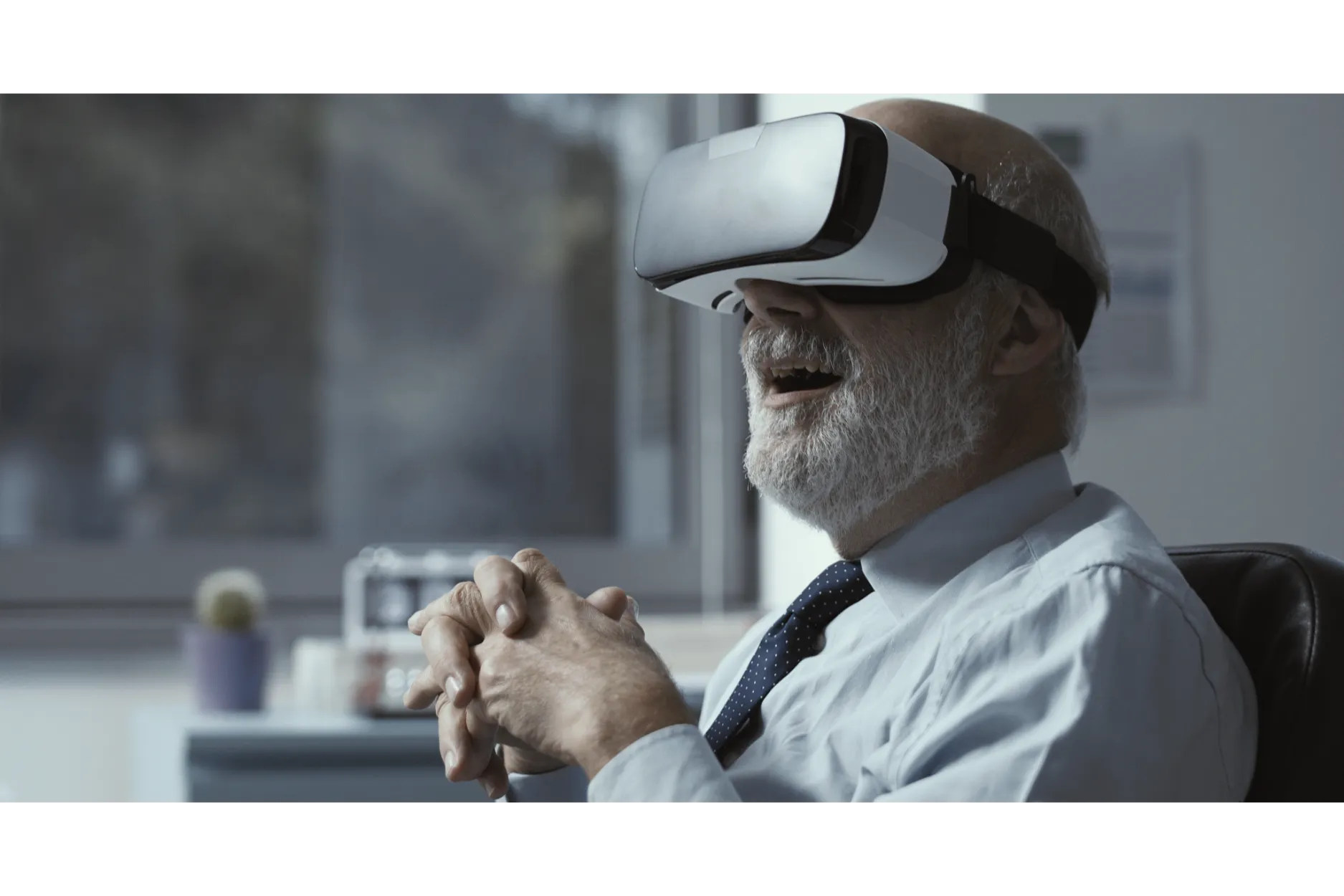
The interior design industry has always been a realm where creativity and functionality converge to shape living and working spaces. But in the year 2023, the industry finds itself amidst a technological revolution, with immersive 3D visualization at its core. This groundbreaking technology is not merely changing the way designers work; it's fundamentally transforming the entire design process, offering clients an unprecedented level of engagement, and enabling designers to realize their visions with incredible precision. In this comprehensive exploration, we'll delve into the profound impact of immersive 3D visualization on the interior design industry in 2023.
For decades, interior designers have leaned on traditional methods like sketches, 2D drawings, and mood boards to communicate their creative ideas to clients. While these methods served their purpose, they often left room for misinterpretation and failed to provide a holistic view of the final design. However, the emergence of immersive 3D visualization has revolutionized this aspect of interior design.
Through the utilization of advanced technologies like virtual reality (VR) and augmented reality (AR), designers can now craft immersive, lifelike 3D models that breathe life into their concepts. Clients no longer need to rely solely on their imaginations to envision their future spaces.
They can virtually step into these spaces, rearrange furniture, experiment with lighting, and experience the ambiance before construction or renovation work even commences. This unparalleled level of immersion fosters a profound connection between clients and their projects, leading to more informed decision-making and an elevated sense of anticipation for the final result.
Effective collaboration has always been integral to the success of interior design projects, where architects, contractors, and various specialists work in tandem to bring a vision to life. In 2023, immersive 3D visualization is elevating collaboration by providing a shared virtual environment where all stakeholders can interact with the design in real-time.
Thanks to VR and AR technologies, designers can now host virtual meetings with clients and collaborators, breaking down geographical barriers and making instant feedback and adjustments a reality. This dramatically reduces the risk of misunderstandings and costly design errors, as all parties involved share a common and immersive perspective of the project. This streamlined collaboration isn't just about convenience; it's about ensuring that everyone is on the same page, working towards a common goal with unprecedented clarity.
Sustainability: A Greener Approach to Interior Design
Sustainability isn't just a passing trend; it's a critical imperative in modern interior design. Immersive 3D visualization plays a pivotal role in promoting eco-friendly practices within the industry. By simulating the environmental impact of various design choices—such as energy consumption, material selection, and natural lighting—designers and clients can make informed decisions that align with sustainability goals.
Moreover, these visualization tools empower designers to experiment with different materials, textures and finishes virtually. This not only saves time and resources but also facilitates the selection of materials that are both aesthetically pleasing and environmentally responsible. The result is a design process that is not only visually stunning but also ecologically conscious, contributing to a more sustainable future.

Traditional prototyping methods, such as constructing physical mock-ups, have long been associated with high costs and time-consuming processes. In 2023, immersive 3D visualization offers a cost-effective alternative. Designers can create virtual prototypes of spaces and furniture, enabling them to fine-tune their concepts and test various layouts and configurations before committing to physical production.
By reducing the need for physical prototypes, designers can significantly trim expenses and minimize waste. This not only benefits the financial aspect of projects but also leads to greater precision and efficiency. In a time when efficiency and sustainability are paramount, this aspect of 3D visualization is nothing short of revolutionary.
Improved Marketing and Client Engagement: Designing Experiences, Not Just Spaces
In today's digital age, clients are no longer content with passive engagement in the design process. They seek immersive and engaging design experiences. Immersive 3D visualization enables designers to elevate their marketing efforts by providing captivating visual content. Picture designers create immersive presentations, virtual tours, and interactive design showcases that captivate potential clients.
These marketing tools do more than just attract business; they also help clients grasp the true value of the design services offered. Clients can virtually step into their dream spaces, fostering a deep emotional connection to the project. This level of engagement is transformative, as it transforms clients from passive observers into active participants in the design process.
As we venture into 2023, it is abundantly clear that immersive 3D visualization is the driving force behind a paradigm shift in the interior design industry. It enhances design concepts, streamlines collaboration, promotes sustainability, reduces costs, and captivates clients in ways that were once unimaginable. With technology continuously advancing, the possibilities for creative design and efficient project execution are boundless.
Interior designers who wholeheartedly embrace these tools are not just staying ahead of the curve; they are spearheading the industry into an exciting and innovative future. In this new era of interior design, where design dreams are realized with unparalleled realism and precision, the possibilities are limited only by the imagination.
The seamless integration of manufacturers' products into designs not only promotes sustainability but also streamlines the supply chain. As the industry continues to evolve with Twinn Vision, this environmentally conscious aspect of immersive 3D experiences will play a pivotal role in shaping the future of interior design.
FAQs